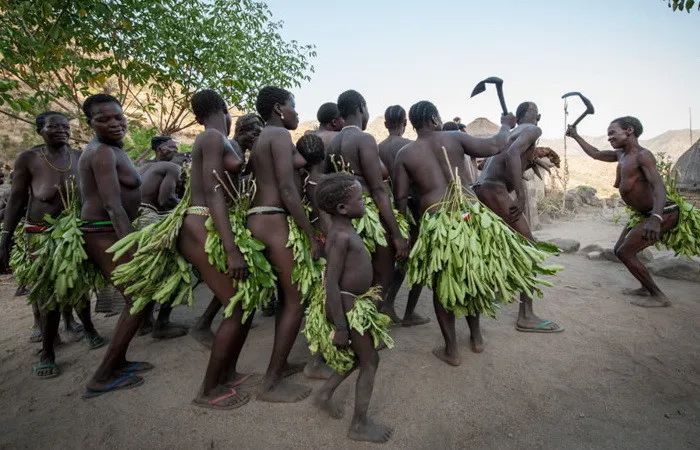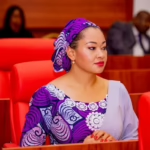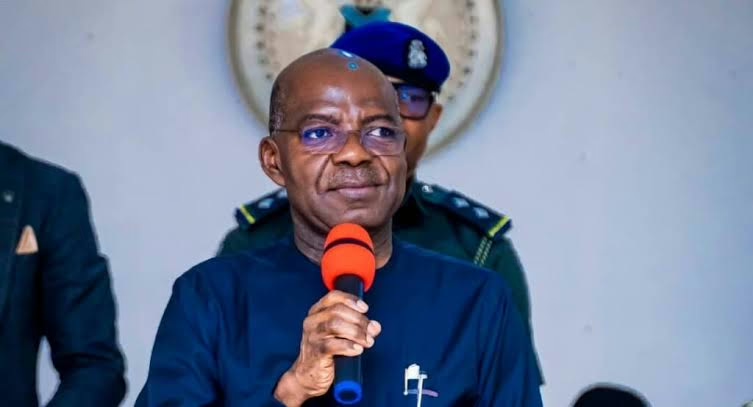One might wonder if, truly, there is still a tribe or nation in this modern world that does not wear clothes. In Nigeria, irrespective of how local the community is, it does not have an iota of modernity in its culture and social formation. This implies that from their dress, language, and methods of making decisions, there is always a modern perspective that is reflected in them.
On the other hand, culture is the representation of the way of life of people, which projects their social belief system. Thus, the quality of every cultural practice is determined by the ability of the people to sustain it, as well as to maintain its uniqueness and draw the attention of other communities through its beauty.
There is no doubt that some of these nations are barely recognized in the country, and they live in very remote communities. One such community is the population of people who live in Niger State’s Agwara, Magama, and Mariga LGAs, known as the Ashingin or Kambari. They reside in the local government areas of Borgu, Wushishi, and Rijau.
Who are the Kambaris?
The Kambari people are said to have been forgotten by the outer world, but the unclothed residents of the Birni Amina and Acer settlements find peace and pleasure in their seclusion. In other words, they derive pleasure in holding on to their culture of nudity (they prefer not to wear clothes). Therefore, they insist that nothing will change the way they live because they are so adamantly committed to their culture and traditions.
The Kambari people have been residing in the region for more than 50 years, and their modern residences are spherical mud cottages with a straw dome cover. Their homes offer an interior that is unmatched in coolness while the rest of the nation swelters in the heat that occasionally characterizes the desert region of the northern states.
These people are grouped into three dialects, which are Tsishingini, Tsikimba, and Cishingini. However, not all dialects can be understood by one another. They also have sub-categories of language-speaking groups called Agwara Kambari, Salka Kambari, and Auna Kambari.
Also, reports gathered revealed that many Kambari people view modern methods negatively. This is because they believe that people from modern communities perceive them as being irrelevant. It would be strange to see young girls, ladies, and men alike roaming around in public without caring about what other people would say.
The elite of the Kambari has started to rebel against the fact that they are generally ruled by non-Kambari chiefs. The majority of parents believe that sending their kids to school is a waste of time when they could be working on the farm instead.
What do the Kambaris do?
The Kambari are farmers who cultivate yams, millet, groundnuts, and guinea corn. The Kambari people stay in the bush for the benefit of farming and to maintain the culture and tradition they inherited from their forefathers. The people are the local government’s food producers and, without them, the residents of the surrounding areas would starve to death.
People and Culture
Another distinct difference between the Kambari and the rest of the northern communities is that it is completely normal for a 60-year-old man to marry an eighteen-year-old girl. Aside from this, cousins are allowed to marry each other. This is because they believe that many of their neighbours don’t even understand their culture and don’t have the intention of imbibing modern culture.
In the Birnin Amina and Acer communities, because they move around their communities naked doesn’t mean that they are clouded with sexual immorality. According to them, rape cases are rare because rape is punished by the gods with death. Additionally, to them, what attracts men is not nudity; rather, they are attracted to how women plait their hair, their good manners, and the tattoos the young ladies have.
Language of the Kambaris
The majority of the residents of these communities are illiterate, unable to read, write, or speak Hausa, a language that is widely spoken in northern Nigeria. It is spoken in Kambari. However, the Kambari languages are a cluster of Kainji languages spoken in northwestern Nigeria. These languages include Cipu, Baangi, Kimba, Shingini, Vadi, Wenci, and Yumu, among others.
Religion
Because the authorities failed to take into account the Kambari culture and worldview, they attempted to force the Kambari to adopt the national culture through gifts and decrees, but this was misinterpreted and suspected. Reports gathered revealed that missionaries from all walks of life had made spirited efforts to change their beliefs, but had not been successful.
The fact that the Kambari are pagan distinguishes them from many other northern populations. They revere a deity called Magiro, and there is a widespread belief among the populace in curses, witchcraft, and magic. But they are kind people. They live together in peace, love, and harmony, as well as help each other, especially on farms.
Government Intervention and Modern Kambari
According to research, there is no indication that the government has ever been present in Birnin Amina and Acer. Although the people seemed fine without the help of the government; the government had never considered the communities as state residents and had shown no interest in them since the establishment of Niger State.
The two villages of the Kambaris tribe have lived there for more than 50 years without knowing whether or not there is a government, and honestly, they are not bothered since they have everything they need to take care of themselves.
Credit. Naija Papi











Leave a Reply